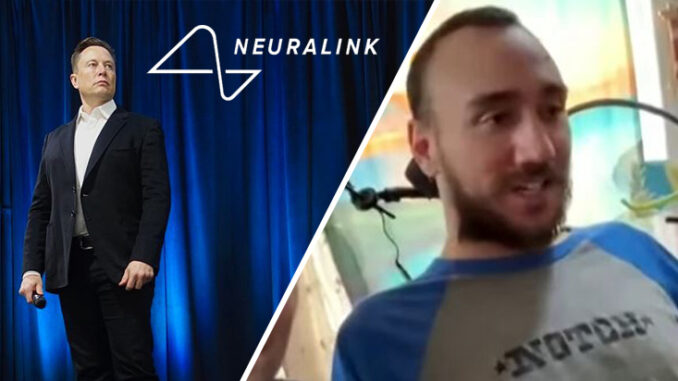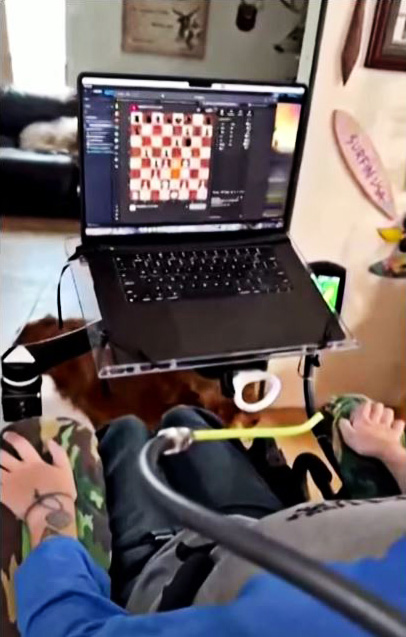
In the realm of groundbreaking technological innovations, Neuralink stands at the forefront, promising to reshape the way we interact with the digital world. Spearheaded by visionary entrepreneur Elon Musk, Neuralink aims to merge the capabilities of the human brain with the power of computers, unlocking unprecedented possibilities for mankind. At the heart of this revolution lies Noland Arbaugh, a 29-year-old who has become the first person on Earth to be implanted with the Neuralink brain chip, marking a pivotal moment in the history of human augmentation.
Who is Noland Arbaugh?
Noland Arbaugh’s journey is one of resilience and transformation. Following a tragic diving accident that left him paralyzed from the shoulders down, Noland found hope in the form of Neuralink. With the implantation of the revolutionary brain chip, he has transcended physical limitations, harnessing the power of his mind to navigate the digital realm with astonishing ease. Through captivating demonstrations, Noland showcases his ability to control computers solely through his thoughts, maneuvering cursors across screens, engaging in chess matches, and even immersing himself in the complex world of Civilization VI for hours on end.

Despite the remarkable strides enabled by Neuralink, Noland remains candid about the challenges he has encountered along the way. Acknowledging that the technology is still evolving, he admits to occasional glitches and setbacks. However, he reassures skeptics, emphasizing that his cognitive functions remain intact, dispelling fears of any adverse effects on his mental faculties. For Noland, Neuralink has been nothing short of life-changing, earning him the moniker of the world’s first “cyborg” and fueling his belief in its potential to revolutionize society.
The future of the human-machine
The emergence of Neuralink heralds a new era of human-machine symbiosis, blurring the boundaries between biology and technology. From enhancing the lives of individuals with disabilities to unlocking untapped cognitive abilities, the implications of this groundbreaking technology are vast and far-reaching. However, with great power comes great responsibility, and the rapid pace of advancement raises ethical and societal concerns.
On one hand, Neuralink offers hope for individuals like Noland Arbaugh, offering them newfound freedom and autonomy. Yet, questions linger about the broader implications of widespread adoption. Will Neuralink remain confined to medical applications, serving as a lifeline for the disabled, or will it transcend into the realm of consumer electronics, reshaping the way we interact with the digital world?
While the potential benefits are tantalizing, we must proceed with caution, mindful of the ethical dilemmas and unintended consequences that may arise. As with any disruptive technology, the path forward is fraught with uncertainties, requiring careful consideration of the risks and rewards.
As Noland Arbaugh blazes a trail into uncharted territory, the world watches with a mixture of awe and apprehension. His journey exemplifies the transformative power of technology, offering a glimpse into a future where the boundaries between man and machine blur ever further. Whether Neuralink heralds a utopian future of boundless possibilities or raises concerns about the erosion of human identity remains to be seen. Yet, one thing is certain: the age of the cyborg is upon us, and the world will never be the same again.
